Transition from BS-IV to BS-VI: Everything you need to know
As Delhi becomes the country's first city to move to cleaner BS-VI fuel, we tell you everything about the newly introduced high-grade fuel along with its pros and cons in the current scheme of things.
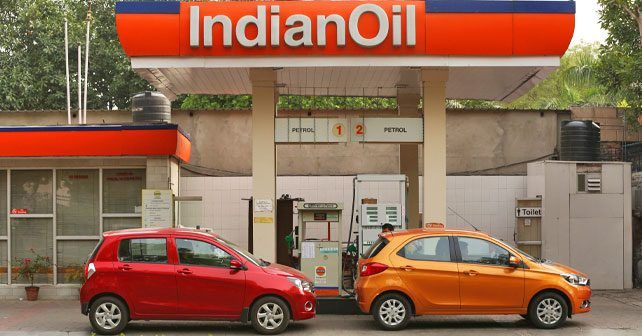
As Delhi becomes the country's first city to move to cleaner BS-VI fuel, we tell you everything about the newly introduced high-grade fuel along with its pros and cons in the current scheme of things.
Delhi is the first city in India to have received the supplies of Bharat Stage VI-grade fuel. Starting from April 1, 2018, the higher-grade petrol and diesel are now available at major fuel stations across the capital city. And the good thing is that you now get cleaner fuel without any increase in the price.
Following the roll-out of BS-VI fuel in Delhi, it’ll be sold in the entire country from April 2020. However, just like it’s been made available in the national capital beforehand, the Supreme Court has asked different state governments to offer BS-VI fuels in major cities before the actual date. In the coming year, there’s a good possibility of other metro cities getting their supplies of the BS-VI fuel.
The government’s decision to move to stringent BS-VI norms is a welcome change indeed. However, the question that must be troubling a lot of people is this – how does BS-VI fuel affect a vehicle’s performance, especially when it’s used in the existing BS-III and BS-IV engines? Now, before we answer the question, let’s try to understand the difference between the existing BS-IV and the upcoming BS-VI norms.
BS-IV to BS-VI, where’s BS-V?
In India, we mimic the exact same emission standards as followed in Europe (Euro I, II and so on). With each new iteration, the emission standards become stricter and focus on reducing the harmful exhaust emissions – primarily nitrogen oxides (NOx), carbon monoxide (CO), hydrocarbons (HC) and particulate matter (PM).
Bharat Stage emissions norms in India go all the way back to 2000 when India 2000 or BS-I regulation came into force. Subsequently, BS-II (2001), BS-III (2005) and BS-IV (2010) were introduced in NCR (National Capital Region) and other major cities. To make BS-II and BS-III fuels available nationwide, it took the government about five years. The progress of BS-IV was even slower across the country – it was only in 2017 BS-IV grade fuel was made available nationwide.
Now after BS-IV, the natural course would be to implement BS-V norms. And that was the plan initially as the government was looking to introduce it from 2019. However, in 2016, the government decided to surprise the automotive industry and oil suppliers alike, as it decided to skip BS-V and leapfrogged directly to BS-VI norms – to be implemented in 2020. So, as a result, our country is straightway adopting BS-VI norms. It was an unanticipated announcement for sure, but if you think about it, it has the potential to be a hugely beneficial move in the long run.
Difference between BS-IV and BS-VI?
Let’s cut directly to the chase. The main difference between the two grades is the reduction of sulphur content. BS-VI grade fuel has significantly lower sulphur content as compared to the existing BS-IV fuel. How much? The sulphur content in BS-IV grade fuel is 50ppm (parts per million), whereas in the BS-VI grade, it’s five times less – just 10ppm. And, in essence, that would mean the fuel burns cleaner, making tail-pipe emissions and particulate matter (soot from a diesel engine) go down significantly.
Using BS-VI fuel in BS-IV or BS-III vehicle?
Unless you’ve just bought a new Mercedes-Benz S-Class S350d, there aren’t many vehicles in India that are BS-VI compliant. This means, most of the people in Delhi/NCR will use BS-VI fuel in their BS-III or BS-IV vehicles. So, the question is, how does it affect the performance?
The simple answer to that question is that there won’t be any negative impact as such. Using BS-VI petrol with low sulphur content will mean cleaner combustion and fewer emissions. In diesel vehicles, less sulphur will result in lower particulate matter (PM) coming out from the exhaust. However, while the PM levels will go down in diesels, low sulphur content could affect an engine in the long run. You see, lower sulphur content will result in lower lubricity of the injectors as well as the fuel pump in a diesel engine. And that would bring the efficiency down considerably. That said, mixing additives to enhance the lubricity of ultra-low-sulphur diesel has been in practice for a very long time now. A similar solution should be in place for BS-VI fuel that’s used in BS-IV or BS-III vehicles.
All told, the real benefits will only be seen once the market gets BS-VI vehicles to run on BS-VI fuel. Otherwise, there will be minimal gains and losses here and there – meaning the whole purpose of leap-frogging to the higher-grade fuel would be defeated.
From what we know, car manufacturers are rampantly working towards introducing BS-VI compliant engines by 2020. It sure seems like a tall order, but if it all works out before the deadline, we'll witness a remarkable change!
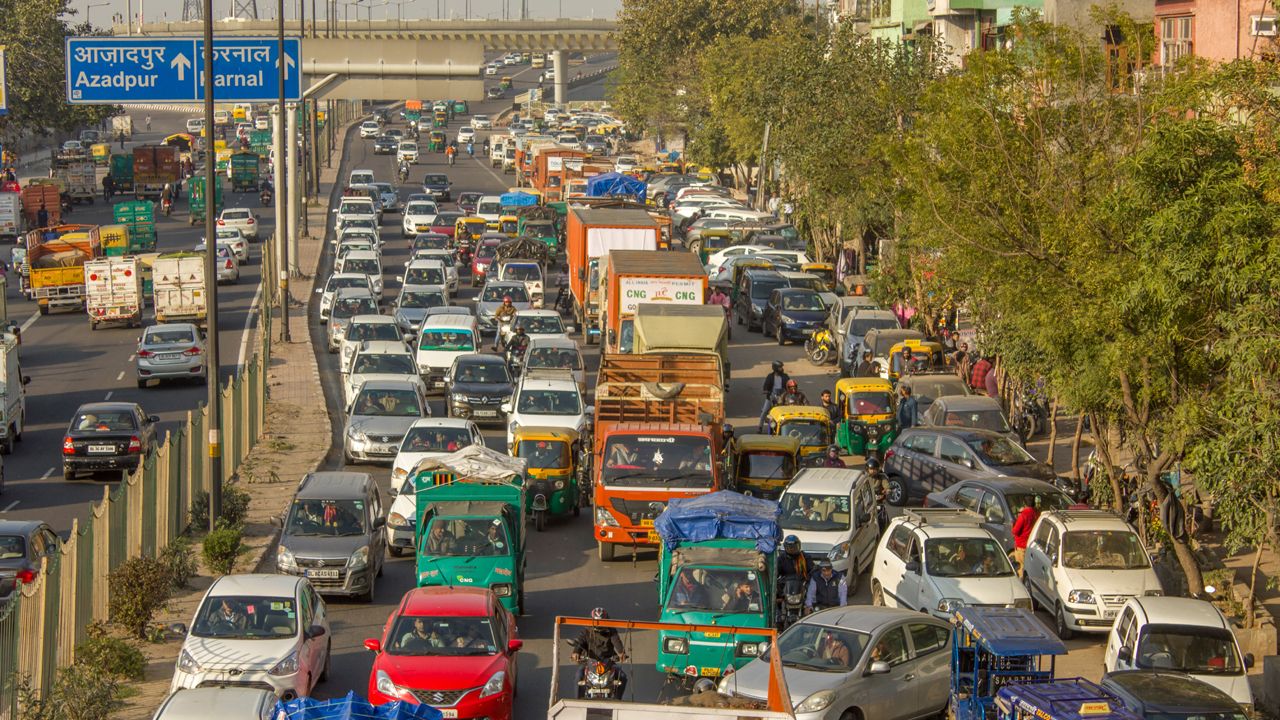
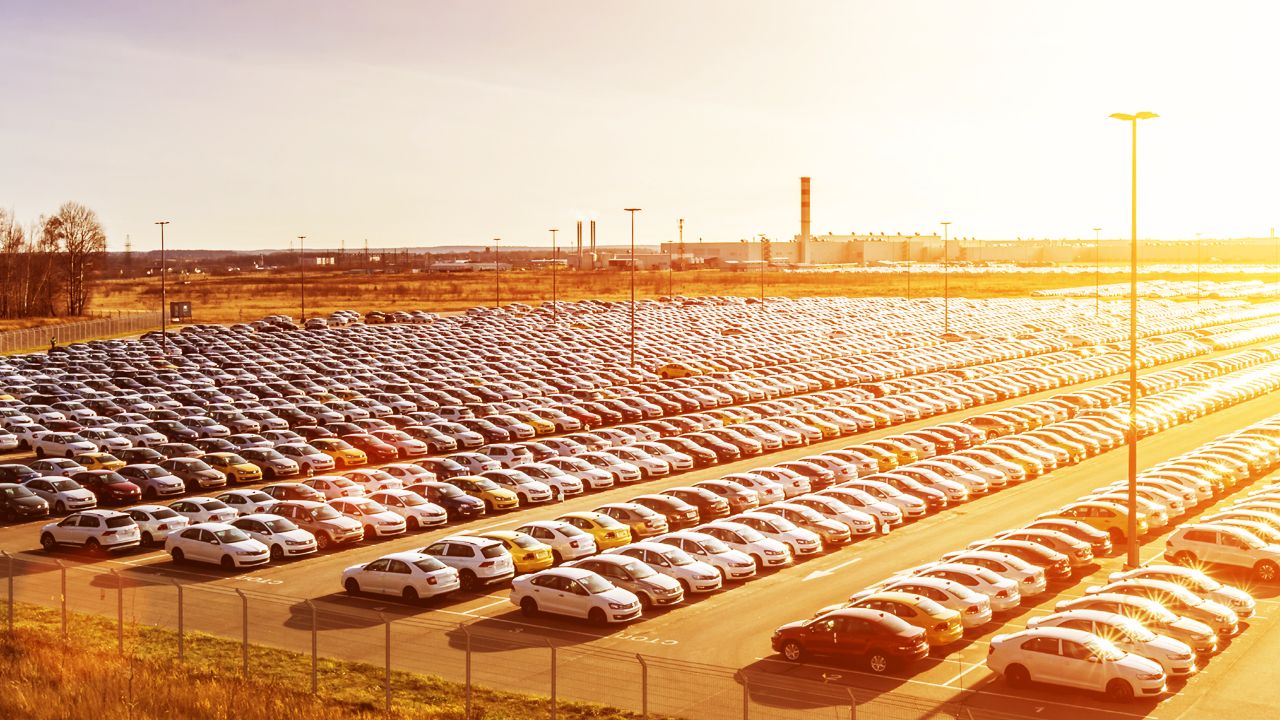


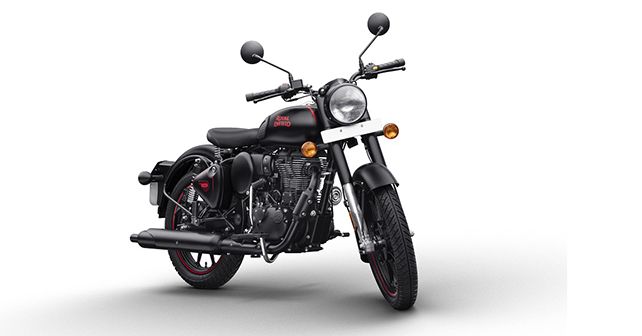
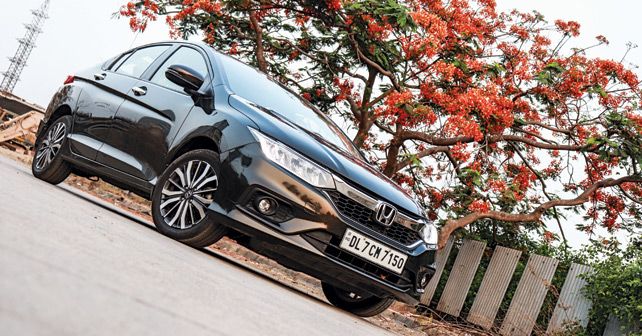


.webp)
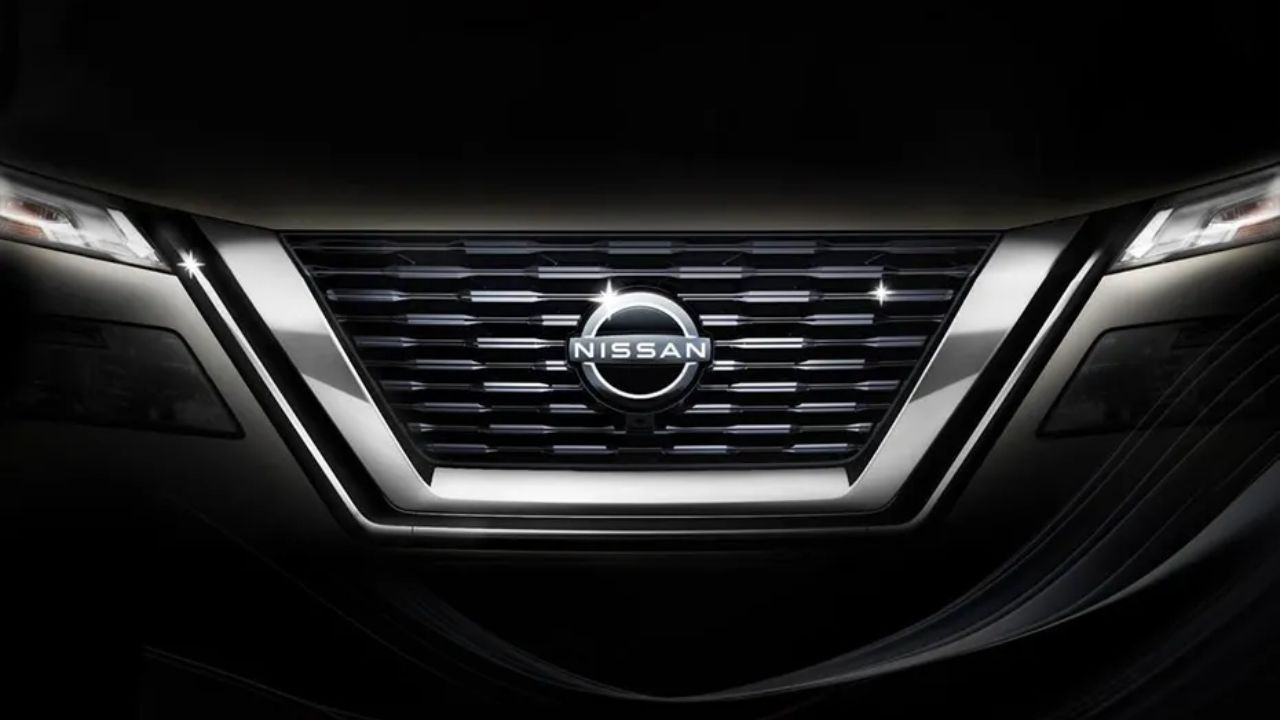




















Write your Comment on